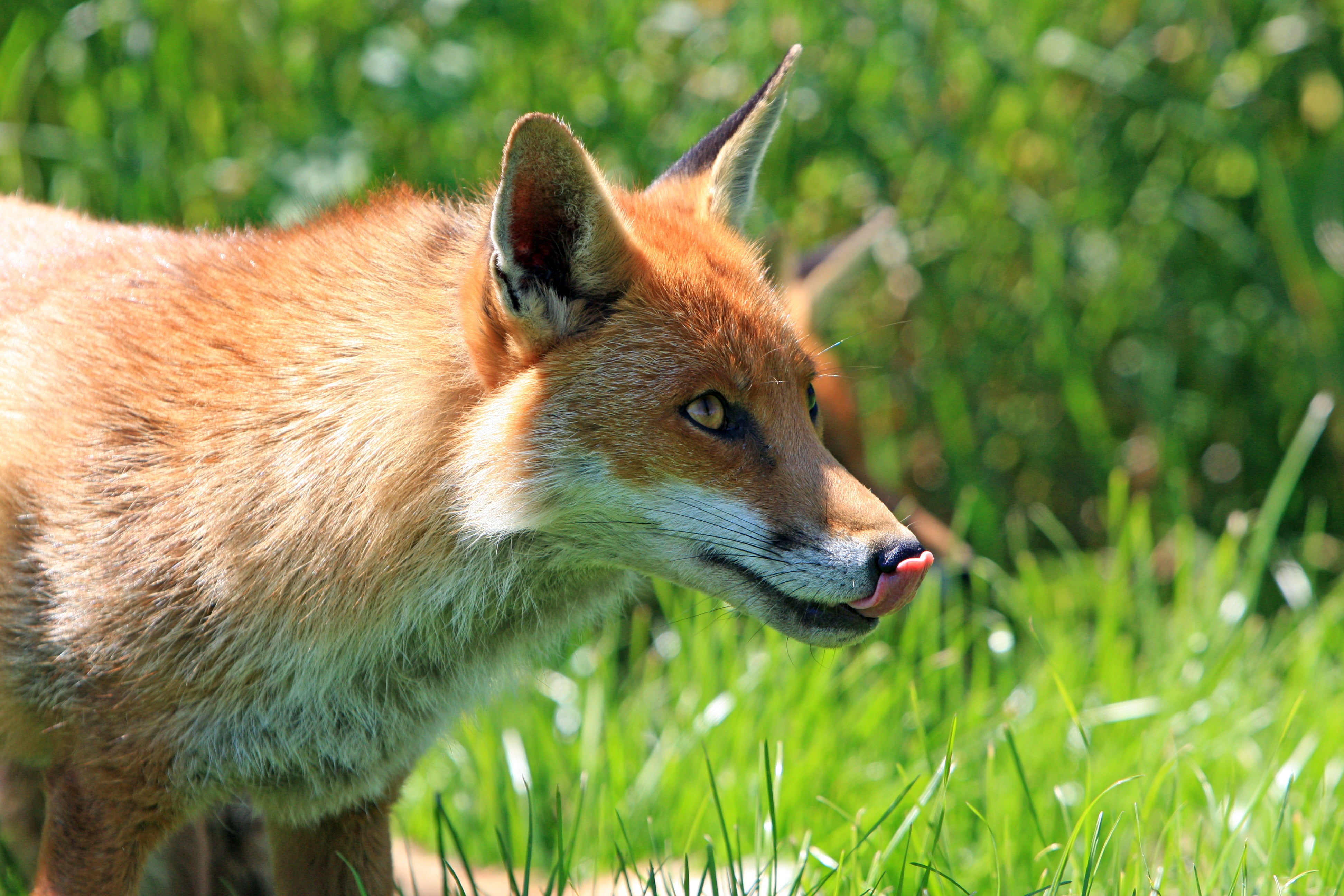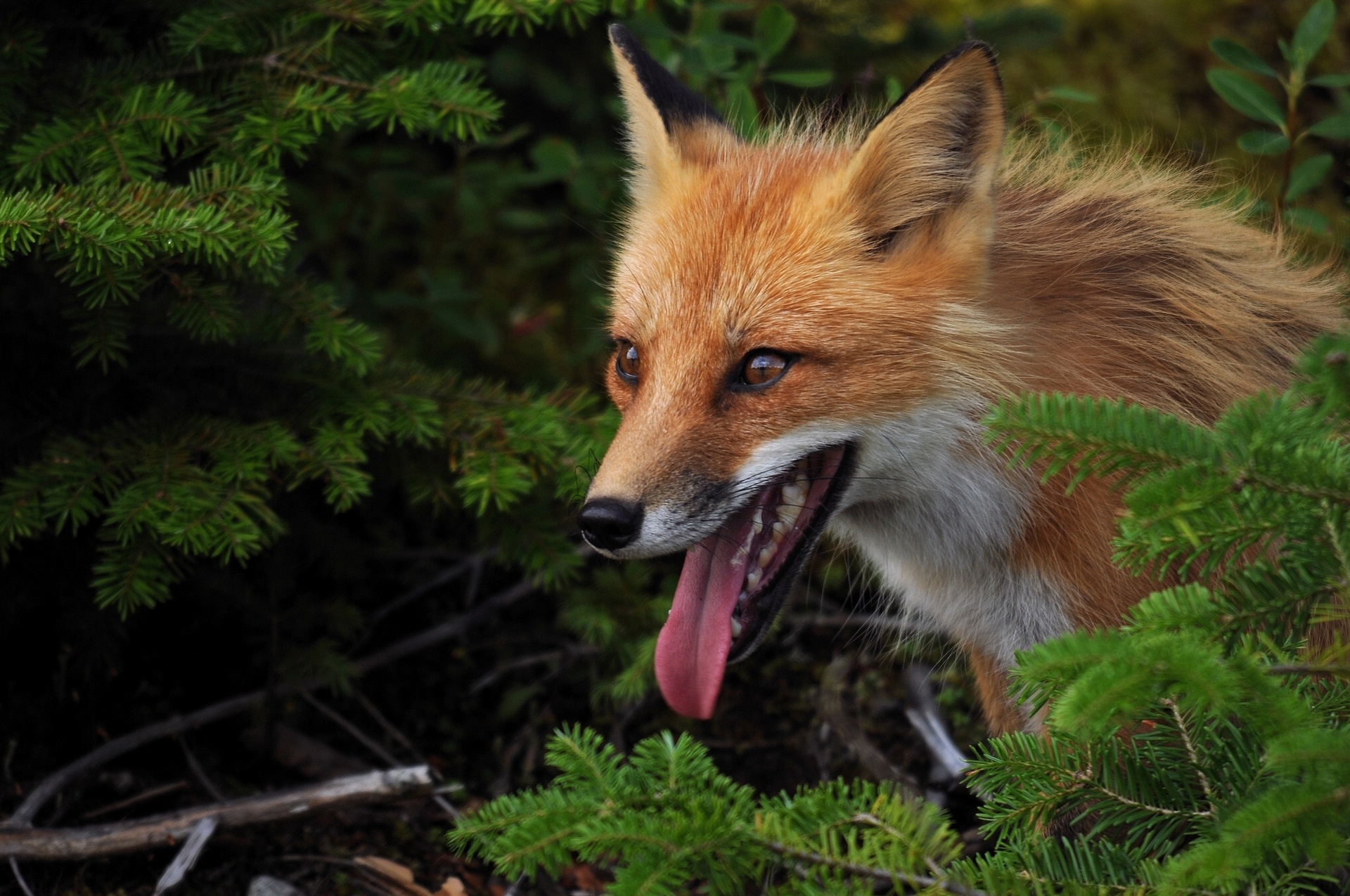
Foxes are fascinating creatures that have captured the imaginations of humans for centuries. From their elusive nature to their clever hunting tactics, foxes hold a special place in the animal kingdom.

Foxes belong to the Canidae family, which also includes dogs, wolves, and other similar animals. They are known for their bushy tails, pointed ears, and slender bodies, which allow them to move swiftly through their environments.
There are many species of foxes found all over the world, including the red fox, Arctic fox, gray fox, and fennec fox. Each species has its own unique characteristics and adaptations that help it survive in its specific habitat.
The red fox is perhaps the most well-known species of fox and is found throughout North America, Europe, Asia, and Australia. It is known for its reddish-orange fur and bushy tail, which can be nearly as long as its body.
Arctic foxes, on the other hand, are adapted to life in cold climates and have thick fur coats that help them stay warm in frigid temperatures. They also have short ears and noses to minimize heat loss and reduce the risk of frostbite.
Gray foxes are native to North and South America and are known for their unique climbing abilities. Unlike other fox species, gray foxes have retractable claws that allow them to climb trees in search of food or shelter.
Fennec foxes are small desert-dwelling foxes found in North Africa. They have large ears that help dissipate heat and detect prey underground. Their sandy-colored fur helps them blend into their arid surroundings.
Foxes are opportunistic predators and will eat a wide variety of foods depending on what is available in their environment. They primarily hunt small mammals like mice, rabbits, and voles but will also eat birds, insects, fruits, and berries.
One of the most fascinating aspects of fox behavior is their hunting strategy. Foxes are known for their cunning and intelligence, and they use a variety of techniques to catch their prey.
One common hunting technique used by foxes is stalking. They will patiently wait and watch their prey from a distance before making a sudden dash to catch it off guard.
Foxes are also skilled diggers and will use their sharp claws to excavate burrows and dens where they can find food or shelter. They will often raid the dens of other animals, such as rabbits or groundhogs, in search of a meal.
In addition to hunting on land, foxes are also proficient swimmers and will catch fish and other aquatic prey when the opportunity arises.
Foxes are solitary animals for much of the year, only coming together during the breeding season. Mating usually occurs in the winter months, and females give birth to a litter of pups in the spring.
Fox pups are born blind and helpless and rely on their mother for warmth and nourishment. As they grow older, they become more independent and learn essential survival skills from their parents.

Foxes are known for their vocalizations, which include a wide range of barks, yips, and screams. These calls are used for communication between individuals and can serve various purposes, such as marking territory or attracting mates.
One of the most iconic fox vocalizations is the “bark” or “yip” commonly heard at night. This call is often mistaken for the sound of a dog but is actually produced by foxes to communicate with each other.
Foxes are also known for their ability to adapt to changing environments and human presence. They can be found in urban areas, suburban neighborhoods, and even rural farmland, where they scavenge for food and make use of human structures for shelter.
Despite their adaptability, foxes face numerous threats in the wild, including habitat loss, hunting, and competition with other predators. Conservation efforts are underway to protect fox populations and ensure their long-term survival.
In many cultures, foxes are revered as symbols of cunning and intelligence. In folklore and mythology, foxes are often portrayed as tricksters or shape-shifters, capable of outsmarting even the cleverest of humans.
One famous fox character is Reynard the Fox, a cunning trickster from European folklore who outwits his enemies with his clever schemes and quick thinking.

In Japanese folklore, the kitsune is a mythical fox spirit with supernatural powers, including the ability to shape-shift into human form. Kitsune are often depicted as mischievous but ultimately benevolent beings.
In Native American mythology, the fox is often associated with wisdom and cunning. Many tribes tell stories of foxes outsmarting larger predators or using their wits to survive in challenging environments.
Foxes have also made their mark in popular culture, appearing in countless books, movies, and television shows. From the sly and cunning fox in “The Fantastic Mr. Fox” to the wise and mystical fox in “The Chronicles of Narnia,” these animals have captured the hearts of audiences around the world.

In addition to their cultural significance, foxes play an essential role in maintaining ecosystem health. As predators, they help control populations of small mammals and insects, which can otherwise become pests if left unchecked.
Foxes are also important indicators of environmental health, as they are sensitive to changes in habitat quality and food availability. By monitoring fox populations, scientists can gain valuable insights into the overall health of ecosystems.
In recent years, researchers have begun studying fox behavior and ecology more closely to better understand these fascinating animals. Using techniques such as GPS tracking and camera traps, scientists can track fox movements and gather data on their behavior and habitat use.
One area of research that has received particular attention is urban fox ecology. As foxes increasingly adapt to urban environments, scientists are studying how they navigate cities, interact with humans, and find food and shelter.
Understanding urban fox ecology is essential for managing human-wildlife conflicts and promoting coexistence between foxes and people. By implementing strategies such as secure garbage disposal and minimizing attractants, communities can reduce conflicts with foxes and other wildlife.

In addition to their ecological importance, foxes also have economic value as fur-bearing animals. For centuries, fox fur has been prized for its warmth and beauty and has been used in the fashion industry to create coats, hats, and other garments.
However, the fur trade has come under scrutiny in recent years due to concerns about animal welfare and sustainability. Many countries have implemented regulations and bans on fur farming and trapping to protect fox populations from overexploitation.
In conclusion, foxes are remarkable animals with a rich history and cultural significance. From their clever hunting strategies to their iconic appearances in folklore and popular culture, foxes continue to capture the imagination of people around the world. As we strive to coexist with these fascinating creatures, it is essential to appreciate and protect them for future generations to enjoy.